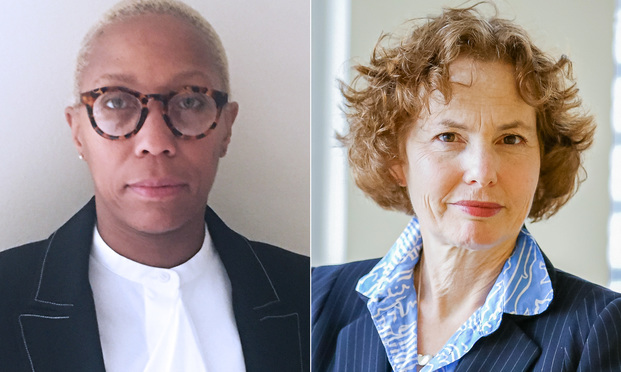The summer is ending, the birds are flying south. Partners and associates are also considering whether it’s time to leave the nest and migrate to greener pastures. Lawyers no longer join law firms to stay until retirement. Government lawyers also move in and out of private practice, often as the political winds shift. But lawyers are not just employees changing companies; their duties to clients are always the paramount concern. As we like to say: “there’s a rule for that!” The Rules of Professional Conduct provide guidance on how to make a move, protect your client and avoid conflicts.
There are many ethical issues for the departing lawyer and both the new and old firms. For instance, how does the new firm perform a conflicts check without disclosing client confidences? Who gets to keep the clients? Who has a duty to communicate the lawyer’s departure to the client and what are the best practices for doing so? If conflicts exist, can they be dealt with in a way to prevent imputation to the new firm? Professional Rules of Conduct 1.6, 1.9, 1.10 and 1.11 are all implicated in a lateral move:
- First, any lateral move starts with a conflicts check by the new firm. Rule 1.6 (7) provides a specific exception from the general prohibition against disclosures of client confidences for this purpose but only if “the revealed information would not compromise the attorney-client privilege or otherwise prejudice the client.
- Rule 1.7 governs concurrent conflicts. A concurrent conflict may arise if an attorney is interviewing at a firm that represents a party adverse to a current client of the lawyer. The moving lawyer must decide whether his desire to move to the firm representing his client’s adversary may create “a significant risk that the representation of one or more clients will be materially limited by … a personal interest of the lawyer.”
- Rule 1.9 addresses the responsibility that a lawyer has to former clients. Rule 1.9(b) prohibits the representation of a person “in the same or a substantially related matter in which a firm with which the lawyer formerly was associated had previously represented a client whose interests are materially adverse to that person; and about whom the lawyer had acquired information protected by Rules 1.6 and 1.9(c) that is material to the matter; unless the former client gives informed consent.” The term “same or substantially related matter” has been the subject of a great deal of litigation. See Maritrans GP v. Pepper, Hamilton & Scheetz, 529 Pa. 241, 256, 602 A.2d 1277, 1284 (1992) (“Long before the Code of Professional Responsibility was adopted, and before the Rules of Professional Conduct were adopted, the common law recognized that a lawyer could not undertake a representation adverse to a former client in a matter “substantially related” to that in which the lawyer previously had served the client.”); The Restatement (Third) of the Law Governing Lawyers Section 132, states that a “current matter is substantially related to the earlier matter if: the current matter involves the work the lawyer performed for the former client; or there is a substantial risk that representation of the present client will involve the use of information acquired in the course of representing the former client, unless that information has become generally known.”.”); see also Teva Pharmaceuticals USA v. Impax Laboratories, 2018 Pa. Super. Unpub. LEXIS 4113, *10-11 (Pa. Super. Ct. Nov. 2, 2018) (patent infringement cases relating to two different patents are not related under 1.9.)
- Rule 1.10 provides the general rule that goes even further to protect client confidentiality by limiting a law firm’s ability to represent in matters when a lawyer within the firm is individually disqualified from representing a client. When a lawyer moves from one firm to another, Rule of Professional Conduct 10(b) and (c) applies. Rule 1.10(b) states: “when a lawyer becomes associated with a firm, the firm may not knowingly represent a person in the same or a substantially related matter in which that lawyer, or a firm with which the lawyer was associated, has previously represented a client whose interests are materially adverse to that person and about whom the lawyer had acquired information protected by Rules 1.6 and 1.9(b) that is material to the matter unless:
This content has been archived. It is available through our partners, LexisNexis® and Bloomberg Law.
To view this content, please continue to their sites.
Not a Lexis Subscriber?
Subscribe Now
Not a Bloomberg Law Subscriber?
Subscribe Now
LexisNexis® and Bloomberg Law are third party online distributors of the broad collection of current and archived versions of ALM's legal news publications. LexisNexis® and Bloomberg Law customers are able to access and use ALM's content, including content from the National Law Journal, The American Lawyer, Legaltech News, The New York Law Journal, and Corporate Counsel, as well as other sources of legal information.
For questions call 1-877-256-2472 or contact us at [email protected]


 Lynn Nichols and Ellen Brotman Courtesy Photo
Lynn Nichols and Ellen Brotman Courtesy Photo




